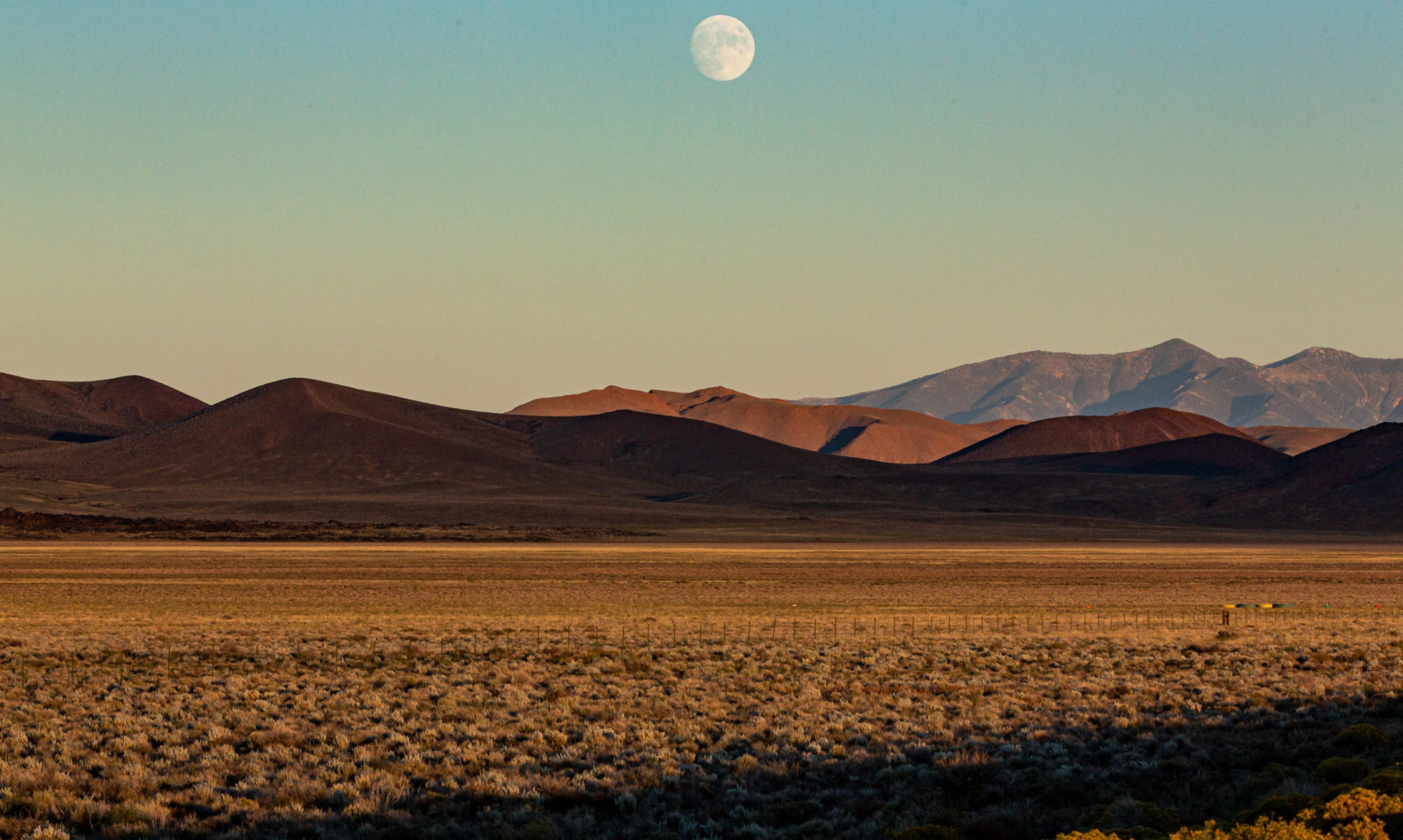By way of Lydell, the Chicago Tribune, and the Associated Press, news from Little Egypt:
“EQUALITY, Ill. — No major damage was reported after a minor earthquake shook areas around this small town in southern Illinois on Monday.
“The quake struck at 3:48 p.m. and registered magnitude 3.6, according to Rafael Abreu, a geologist at the National Earthquake Information Center in Denver. It was centered near Equality, which is about 120 miles southeast of St. Louis.
“Abreu said calls from people who felt tremors came from Illinois, Indiana and Kentucky, but the quake was unlikely to have caused any damage.
” ‘There might have been some rattling of objects, but not much more,’ Abreu said.
An earthquake in Southern Illinois? Not too shocking, if for no other reason than the greater Equality area is only 100 miles or so as the crow flies from New Madrid, Missouri, near the center of some of the most powerful earthquakes in U.S. history.
But Equality‘s another matter. Just the name: There’s got to be a story behind that. If a local school district page is to be believed, the town was known as Saline Lick. In the 1820s, the name was changed to honor the settlement’s French heritage; Equality refers to the Egalité of the French revolutionary motto. But neither the name nor the school’s Web page hints at the town’s historical notoriety: A local landowner, John Crenshaw (said in one article to be a grandson of one of the signers of the Declaration of Independence), is remembered for his part in a sort of reverse Underground Railroad. He and his many cohorts kidnapped free blacks in the north and sell them into slavery. Crenshaw also made a fortune from salt processing, an operation that depended on hundreds of “leased” slaves. (Yes — slavery in the Land of Lincoln; in fact, Lincoln is reported to have been Crenshaw’s guest during a visit to the area in 1840). A tangible piece of this legacy survives: Crenshaw’s place, now called the Old Slave House, still stands a few miles from Equality.
